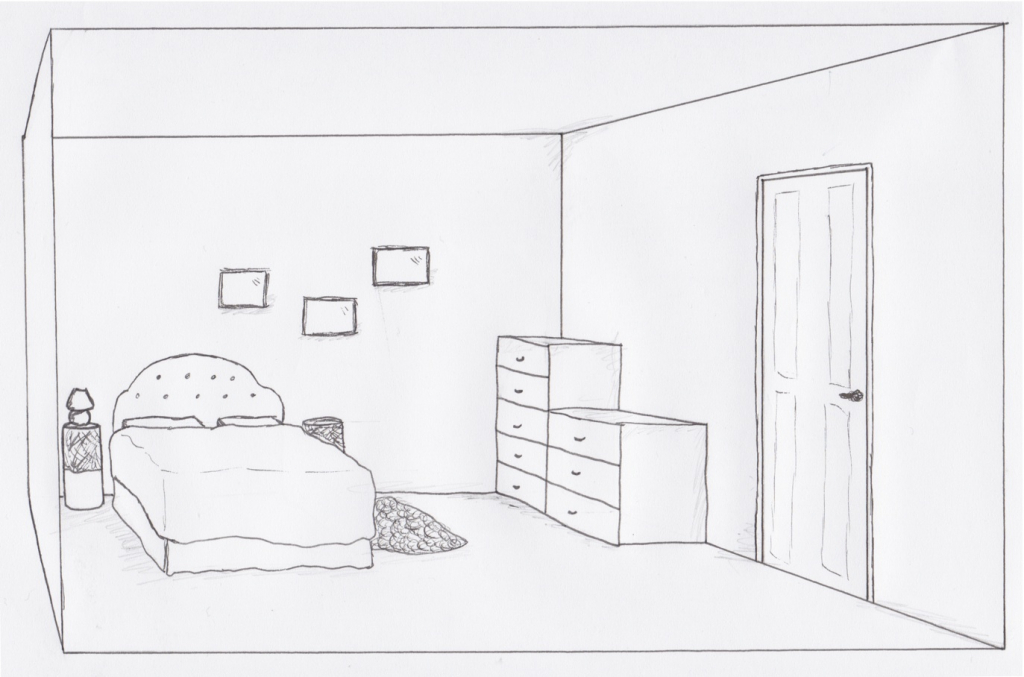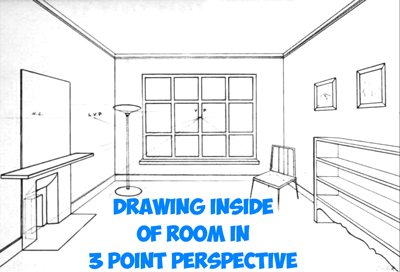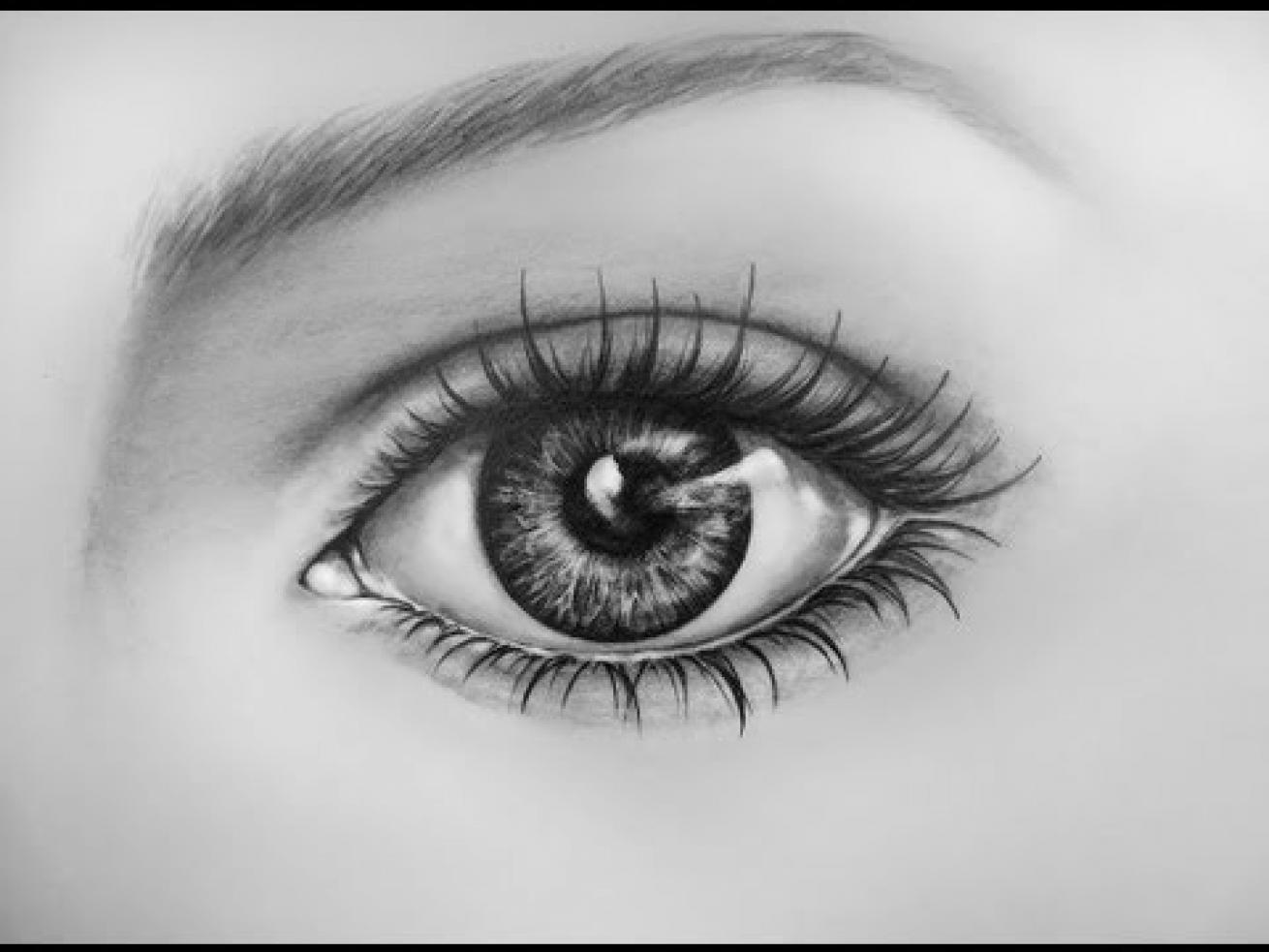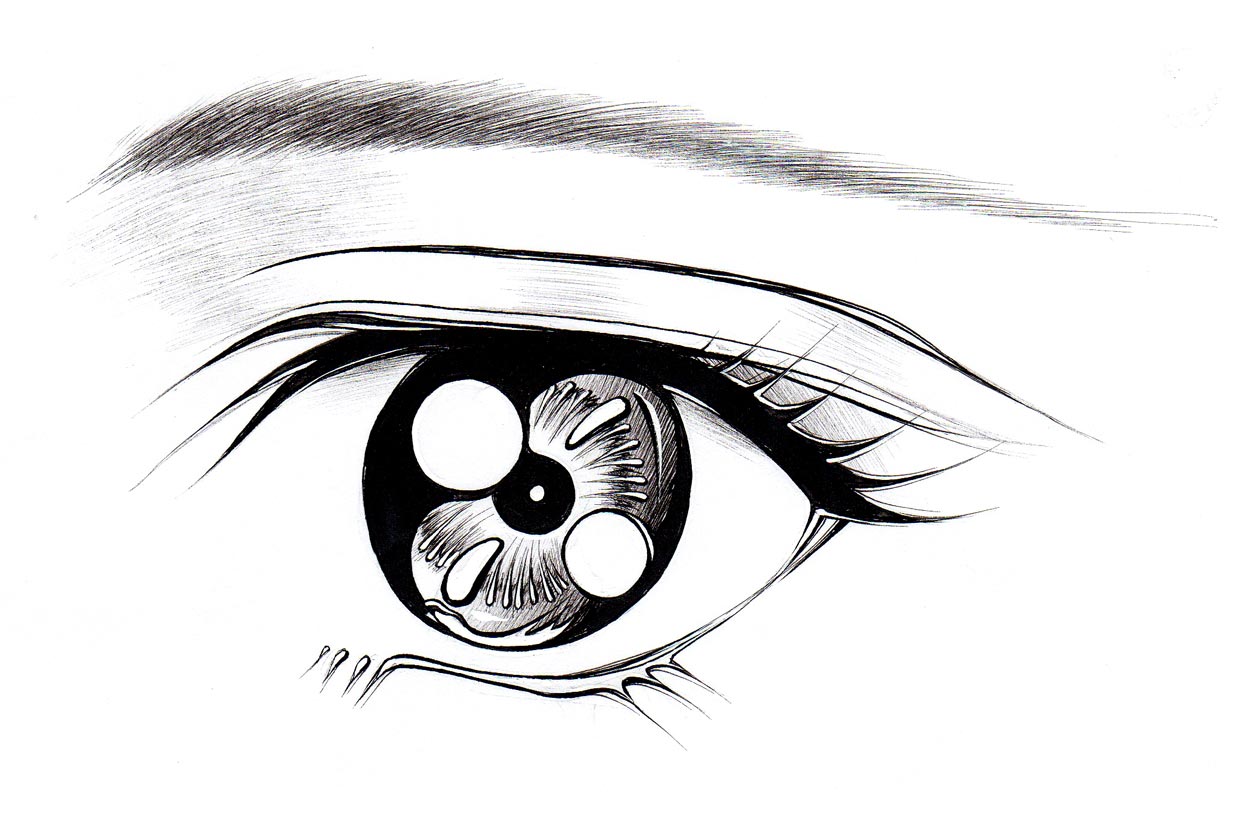How to draw the inside of a room with 3 point perspective techniques
Table of Contents
Table of Contents
Have you ever wanted to create a stunning 3d room but didn’t know where to start? Drawing a 3d room may seem like a daunting task, but with the right techniques and a little practice, you can create a breathtaking masterpiece in no time. In this blog post, we will explore the steps and tips to draw a 3d room that will leave your friends and family amazed.
Many people struggle with the process of creating a 3d room due to the complex perspective and depth required to make it look realistic. It can be challenging to make the image pop out of the paper and give the feeling of stepping into the room. However, with a few simple guidelines and techniques, you can overcome these hurdles and achieve a stunning result.
How to Draw a 3D Room:
To draw a 3d room, you need to start with the basic shape that represents the room. By adjusting the shape’s perspective and adding details and shading, you can create an illusion of depth that will bring the room to life. Here are the steps to follow:
Step 1: Sketch out the Basic Shape of the Room
The first step is to draw a box that will represent the room. Make sure all four sides are visible, with the back wall narrower than the front to create a recess depth. Once the box is drawn, segment the room into different subdivisions. These subdivisions will make it easier to understand the drawing’s perspective and depth, leading to easy placement of furniture and other room features.
 Step 2: Add Depth and Perspective to the Image
Step 2: Add Depth and Perspective to the Image
The next step is to create an illusion of depth by adding perspective lines, sharpening edges with a darker pencil or pen, and adding shading to the walls, floors, and any other features. Add some light colors and shading to make the surfaces look realistic, and shadow light sources. Be sure to keep in mind the source of light in the room and how it affects the shadows cast by objects.
 Step 3: Add Furniture and Other Room Features
Step 3: Add Furniture and Other Room Features
Once you’ve added depth and perspective, it’s time to add furniture, decorations, and other room features to finish the room’s overall look. Using the same shading and perspective techniques to make the objects look natural and “live” with the room.
 Step 4: Refine your Image
Step 4: Refine your Image
Once you’ve completed your 3d room, take a moment to stand back and evaluate it. Check that all the items are in the room are scaled correctly and have a natural position. Refine the details and lines that may need some adjustment.
How to Draw a 3D Room: Tips and Tricks
Here are some tips to make drawing a 3d room more manageable:
- Start off by practicing the basics of perspective drawing, such as vanishing points and horizon lines.
- Use various pencils, pens, or markers to enhance the depth and contrast of the image.
- Try using shading and lighting effects to add texture to your images and alter the mood of the room.
- Use references such as photos or drawn sketches to help inspire your drawings.
- Don’t be afraid to make mistakes; they are part of the learning process.
Common Mistakes to Avoid when Drawing a 3D Room:
Here are some common mistakes to avoid when drawing a 3d room:
- Rushing through the process instead of taking your time.
- Not using references, such as real-life images, to help guide your work.
- Not being patient with shading and lighting effects.
- Not paying attention to the height and width of the objects you’re drawing.
Drawing a 3d Room: Conclusion
Drawing a 3d room may seem challenging, but by following the above steps and tips, you can create a stunning masterpiece that will amaze everyone who views it. With patience, practice, and the right mindset, you can become a master at drawing 3d rooms. Visualize your room in mind and put it on paper. Get started today!
Frequently Asked Questions:
Q. Is it necessary to draw the entire room in each detail to get a 3D view?
It’s not necessary to draw every part of the room in detail to get a 3D view. Just add some furniture and decorations to help give the room more of an identity.
Q. How to approach a 3D room if you have no experience or ideas?
Start by sketching out the basic shape of the room and creating a virtual floor plan. Add furniture and other room features to fill out the empty space, then work in the depth and perspective to your art.
Q. How do I make a 3D room look realistic?
Add lighting, shading, and depth to make the 3D room look realistic. Consider light sources and add shadows and highlights for all surfaces in the room. Subtle details like texture and shape add authenticity to your work.
Q. How can I add colors to make the 3D room look vivid?
You can add colors to make the 3D room look vivid by applying multiple layers of colored pencils, choosing bright and bold shades, and using shading techniques to add depth to the coloring job.
Gallery
How To Draw A 3D Room (Revised Beginner Video) - YouTube

Photo Credit by: bing.com /
3d Bedroom Drawing At PaintingValley.com | Explore Collection Of 3d

Photo Credit by: bing.com / drawing bed bedroom 3d room sketch chair table house drawings lampstand hand rooms paintingvalley sermons kathleen read
How To Draw The Inside Of A Room With 3 Point Perspective Techniques

Photo Credit by: bing.com / drawinghowtodraw getdrawings
Egy Creative | Learn How To Draw 3D Room With One Point Perspective

Photo Credit by: bing.com / 3d room draw perspective point creative
3d Bedroom Sketch At PaintingValley.com | Explore Collection Of 3d

Photo Credit by: bing.com / perspective room drawing 3d point sketch bedroom draw sketches





